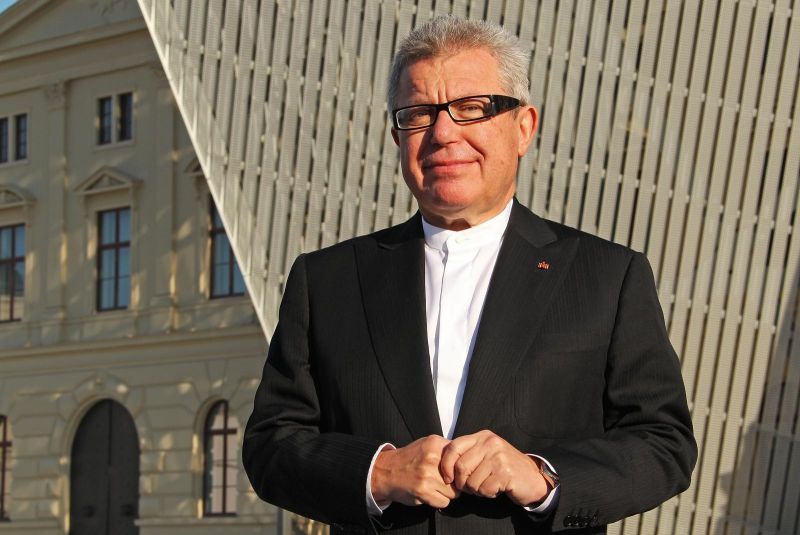Daniel Libeskind. A virtuoso in architecture
Mediathek Sorted


















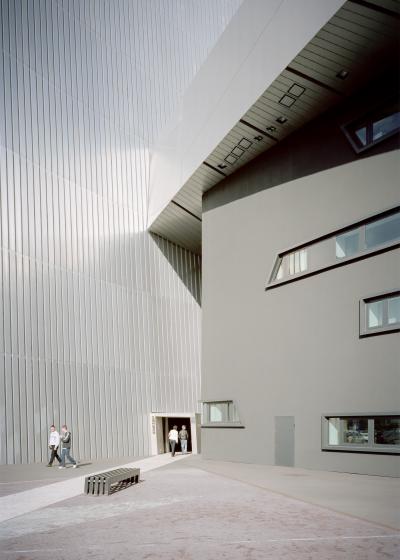
















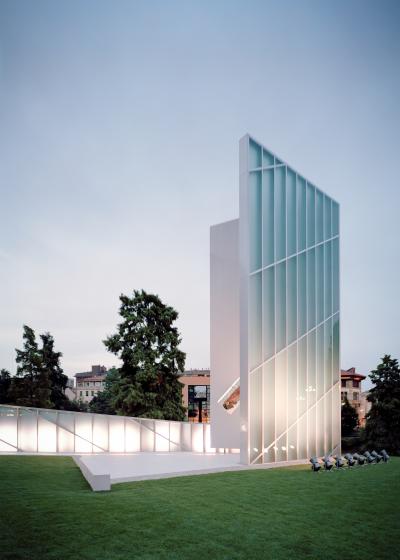







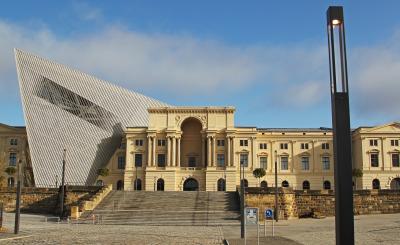
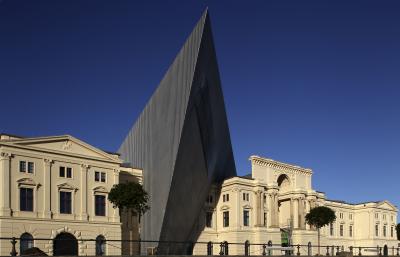

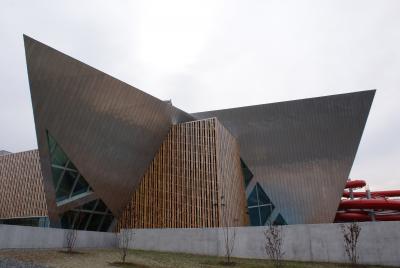






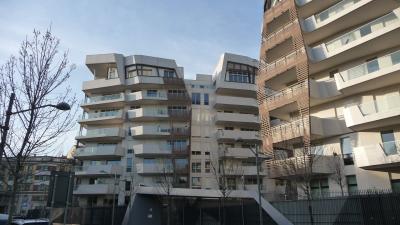






Filling the void
In the summer of 1989, Libeskind’s life as an academic took a new turn when he won the international competition to design the building for the Jewish Museum in Berlin with “Between the Lines”. The 52-year-old architect impressed the jury with his courageous, multi-faceted concept, which told the story of Germans and Jews through its spatial arrangement. In the words of Libeskind: “The official name of the project is ‘Jewish Museum’ but I have named it ‘Between the Lines’ because for me it is about two lines of thinking, organization, and relationship.”[3] The two lines can already be seen in the floor plan for the building: on the one hand as a zigzag line in the building, and on the other as an invisible straight line. At the points where the lines cross, Libeskind created the “voids”: empty spaces that extend up from the basement through to the roof. As he explains: “The word ‘void’ in architecture in English is usually a technical word to say there’s nothing below or above. ‘Die Leere’ in German. I wanted to create a space that is not a technical name for an unknown something, but a space for encounter that is a space of absence, which is a real space, a physical space.”[4] In this way, the architect created a physical empty space, reflecting the one caused by the destruction of Jewish life, but which can be filled again. The new structure, which Libeskind added to a Baroque building that contains the main entrance to the museum, is rich in symbolism. As well as the two lines that run through it, there are also three axes, which cross each other in the basement, and which symbolise the events and processes that dominate the life stories of the Jews in Germany: the axis of exile, the axis of the Holocaust, and the axis of continuity.
After winning the architecture competition, Daniel Libeskind moved to West Berlin with his wife Nina and their children, where he founded the Studio Daniel Libeskind architecture bureau. However, the construction of the Jewish Museum, which was already decided before the fall of the Berlin Wall, turned out to be an extremely time-consuming process. Not only that: more than once, there were doubts as to whether the project could be realised at all. The political upheaval meant that priorities began to change and funding was transferred elsewhere, to areas where money was needed more urgently as a result of the reunification process. As the years went by, several local governments in Berlin, as well as the government at national level, stalled with their investment payments or reduced the amount of money available. The foundation stone for the building was not laid until 1992; construction was completed in 1998. The museum was officially opened one month later. Daniel Libeskind remembers this moment in his autobiography: “In 1999, the Jewish Museum opened, without any exhibits. The empty museum was a perfect venue for a celebration, attended by the highest-ranking German elected officials, including Chancellor Gerhard Schröder. After dinner Schröder went to the table where my father sat and, so that the ninety-year-old Nachman would not have to get up, knelt before him, held his hand, and said: ‘Mr. Libeskind, you must be so proud. Thank you for being here.’ What a moment for Nachman – and for me! Never in my Polish boyhood could I have imagined a day when the chancellor of Germany, the son of a Wehrmacht soldier killed in action during World War II, would kneel before my father and thank him for coming to Germany.”[5]
The Jewish Museum in Berlin remained empty for a long period of time. However, even the empty building proved to be a major attraction, drawing 350,000 visitors in the first year alone after opening. Finally, on 9 September 2001, the exhibition, which had been prepared long in advance, was opened to the general public.
[3] Quoted from the website of the Jewish Museum Berlin: https://www.jmberlin.de/en/libeskind-building (last accessed: 16/9/2024).
[4] Ibid.
[5] Daniel Libeskind with Sarah Crichton, “Breaking Ground. Adventures in Life and Architecture”, John Murray, London, 2004, p. 149 f.





















































































